Interconnected
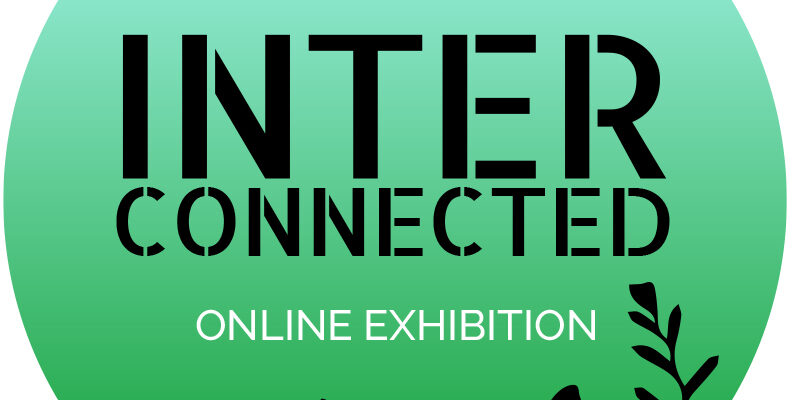

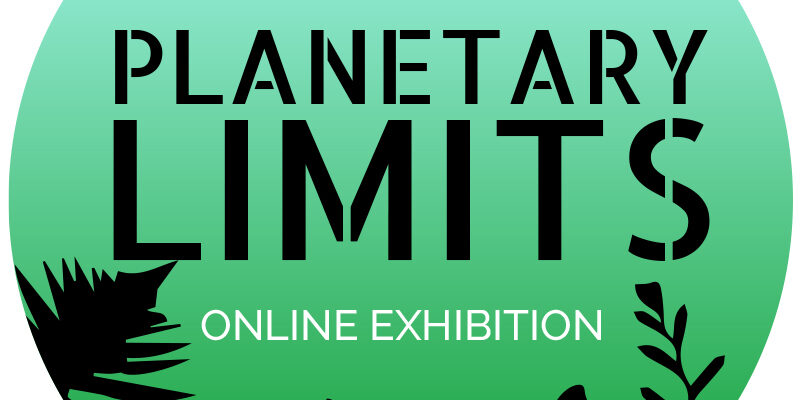
“Growth is the measure of energy consumption and the measure of the destruction of nature. The more energy we consume, the more nature we destroy, the more growth increases.
Ecology and growth are not compatible.
You have to look reality in the face, know what you’re up against. The trajectory we are on is a trajectory of collapses in the plural. The collapse of life and biodiversity is already here.
The acceleration of climate change is reaching the dramatic proportions that scientists predicted and will threaten the habitability of most of the land on earth for humans.
We are on this path of collapse because we are exploding the planetary limits. So we have to change the economic model to return to a model where we have a neutral ecological footprint, that is to say where each year we do not consume more than what the planet can provide.
How do we go from the current situation of exploding planetary limits to respecting them?
We cannot do this without a profound cultural change. This change is at work today. The society has entered into a new awareness about the need to act and to change our lifestyles. And this change in our lifestyle is more and more experienced not as a sacrifice, but as a positive choice, as a liberation.
This is the beginning of a break with the dominant ideology, or what matters is what you possess and to always have more money.”
Excerpt from a January 2020 interview with Delphine Batho, French politician, member of the National Assembly, and former Minister of Ecology, Sustainable Development, and Energy
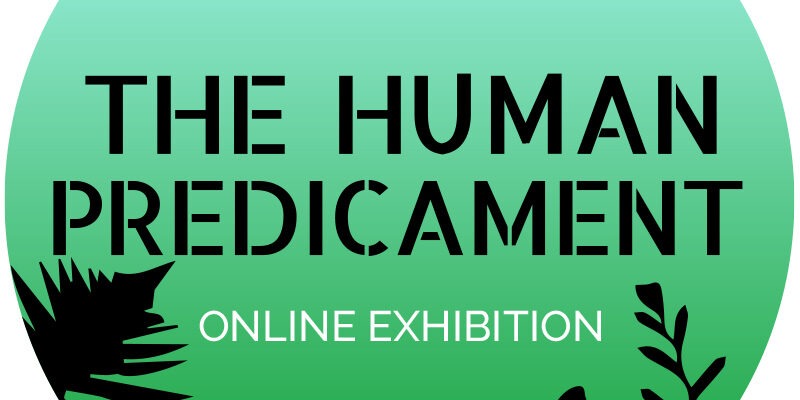
Understanding the human predicament is essential if we want to prepare for a resilient future. Unfortunately, what we find in the news is segmented, incomplete, biased, and greenwashing is pervasive. My comprehension of the human predicament became apparent when I read “How Everything can Collapse: A Manuel for Our Times” by Pablo Servigne and Raphaël Stevens (France, 2015).
Nate Hagens, Pr. at the University of Minnesota, created a course for his freshmen students about the human predicament. He made available to the public a condensed version of it. His systemic approach to the interaction between human behavior, environment, economy, and energy gives a clear picture that helps think differently about the future. The series of 4 short videos, “HUMAN PREDICAMENT SHORT COURSE” by Nate Hagens, is here. During September, artists we invited to contributes artwork and to post it on their Instagram feed. Contributions were then reposted on What’s Next for Earth Instagram page.
In September 2020, California continued to experience an early and punishing fire season. On September 9, in some part of California, an eerie bright orange sky due to the confluence of a heatwave, dryness, and smokey air surprised and scared people. It looked like the end of the world. The stress of the pandemic is multiplied in areas like California by the visible effects of climate change. As the election becomes closer, many of us are worried about our politics not taking drastic action to change the crash course we are on.
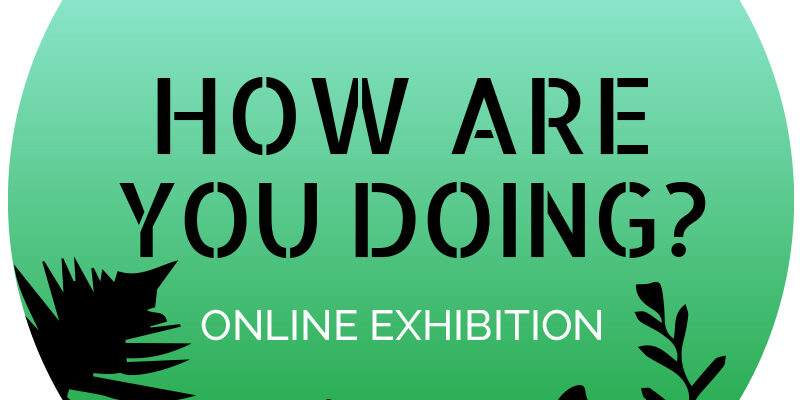
After months of lockdowns, confinements, and experiencing fundamental changes in the way most of us live and work, the summer of 2020 brought more uncertainty and more questions concerning our future, with many people experiencing climate change events, like heat waves and fires in California. 2020 is taking a toll on people’s mental health and, as we have entered uncharted territories in term of interconnections between environment, economy, energy and equity, we need to be able to rely on each other more than ever.
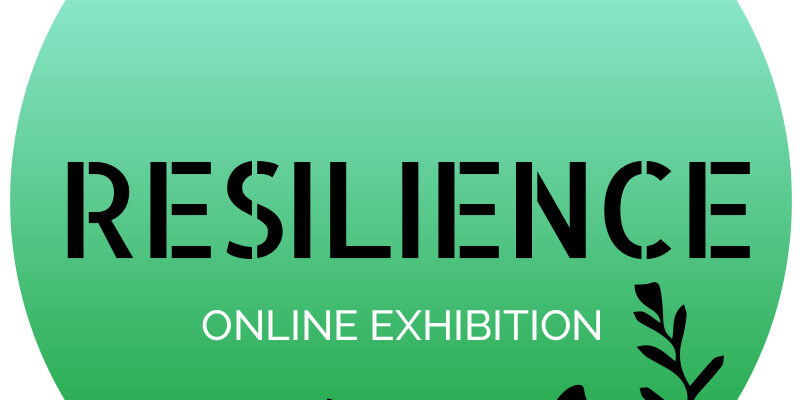
The inspiration for the Resilience Art Call comes from an article posted on the MAHB website:
‘Resilience, the Global Challenge and the Human Predicament’
by Michael Lerner
[…] We face a perfect storm of environmental, social, technological, economic, geopolitical, and other global stressors. These global stressors interact in unpredictable ways. The pace of future shocks is increasing.
The prospect for civilizational collapse is real. We need to build meaningful resilience. […]
Michael Lerner is president and co-founder of Commonweal, a 43-year-old nonprofit center in Bolinas, California, with programs in health and healing, education and the arts,
and environment and justice.
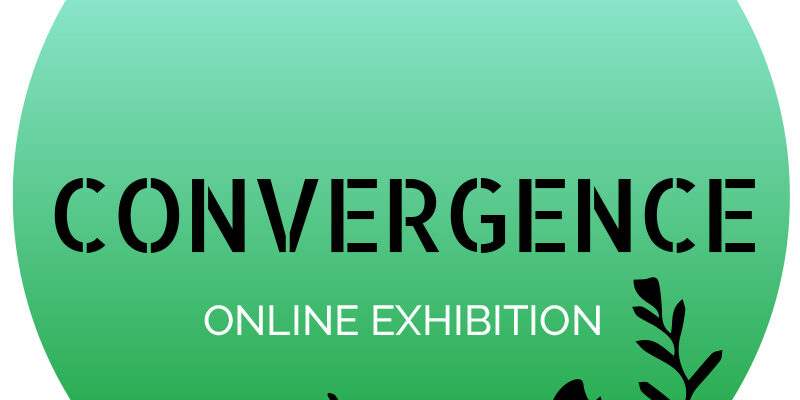
The inspiration for Convergence comes from an article posted on the MAHB:
Dear MAHB Community,
[…] These stressors have now converged and the result is peaceful protests disrupted by opportunists, agitators, and failed leadership; the trigger for the convergence was the murder of a black citizen by the very people we pay to protect us and the failure of law-enforcement to respond quickly to those responsible. That was the trigger but not the cause. Just as all of the stressors have links to overpopulation and overconsumption by the wealthy, all of the stressors have links to systemic racism, sexism and oppression This is a MAHB moment—the stressors are interacting and manifesting their power in violence. It is time to come together and strengthen pro-social civil society’s influence—violence is not the enemy; violence is the symptom. […]
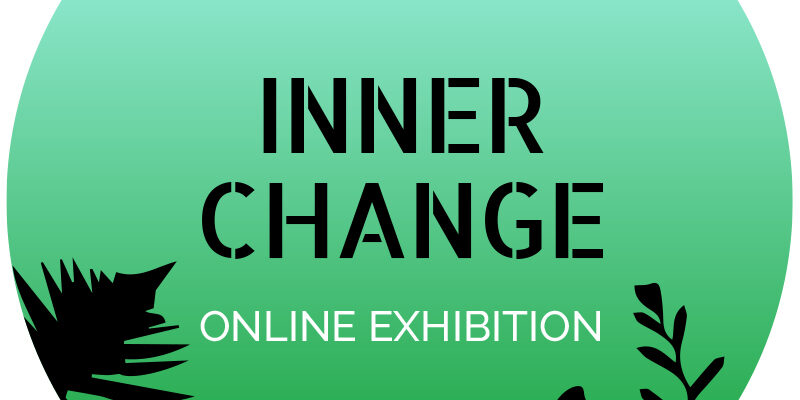
For better or for worse, the pandemic has shown us how interconnected our world is.
– How do you find comfort in a world that is falling apart in so many ways?
– What makes you feel deeply interconnected with others and with the natural world?
– How does a shift from a narrative of domination and accumulation to a narrative of respect and sobriety look like?
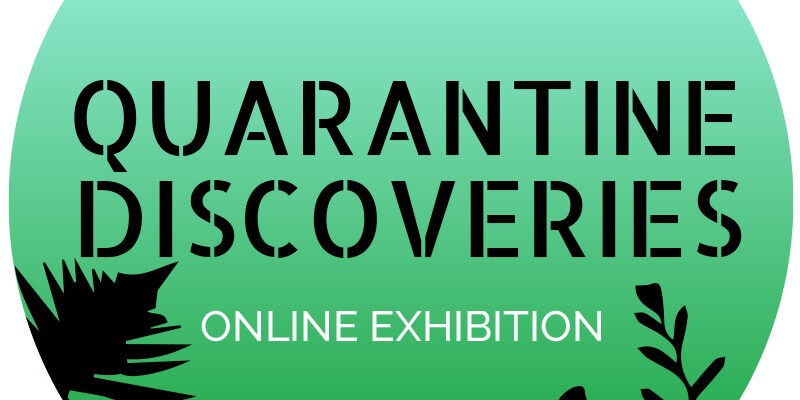
This moment of confinement we are living in is an extraordinary moment that touches nearly everyone and has changed our perspectives. During this time we have all seen and experienced things differently — in a way that we are unlikely to forget. And, for many of us, these experiences, both good and bad, have changed our perception of priorities.
For better or for worse, we have had a peek into what it means for the world to be very different from the one we are used to each day, a world in which food and supplies flow almost continuously around the globe. For some, this glimpse has meant less commute or more time with family, while for others it has meant great hardship and personal loss.
And somewhere in our heads, in at least some, small way, it has made each of us reflect on what is truly important to us each day, and what is not — what we must have going forward, and what isn’t so important.
This revelation of our priorities has a role to play as we move forward on this planet that ultimately has a limited set of resources. We will be forced, one day, to decide what is and is not important — what we need versus what we want.
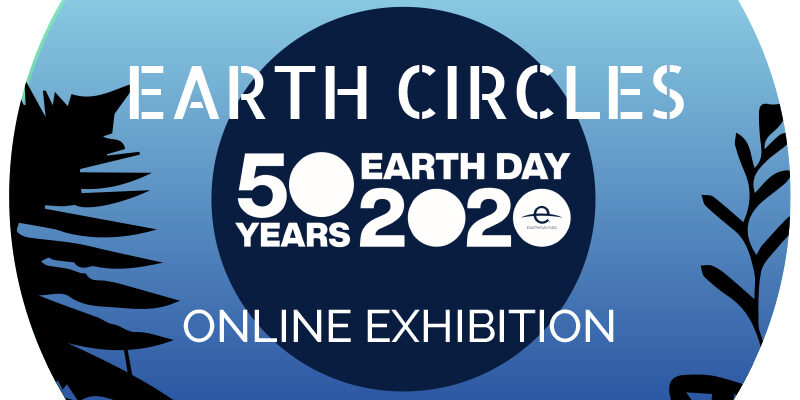
What’s Next For Earth’s first project is “Earth Circles”, a celebration of Earth Day’s 50th Anniversary
in the time of a pandemic.
During the month of April 2020, people around the world were experiencing the confinement due to COVID19. Earth Day Celebrations were cancelled. It was a striking realization that, the exploitation of wild lands and its animal populations can spread deadly diseases that are potentially unstoppable. If nothing else COVID19 showed us how fragile our interconnected civilization is.
What’s Next for Earth invited artists on Instagram to reflect on this special celebration that we could call a wake up call if we did not have many wake up calls before.